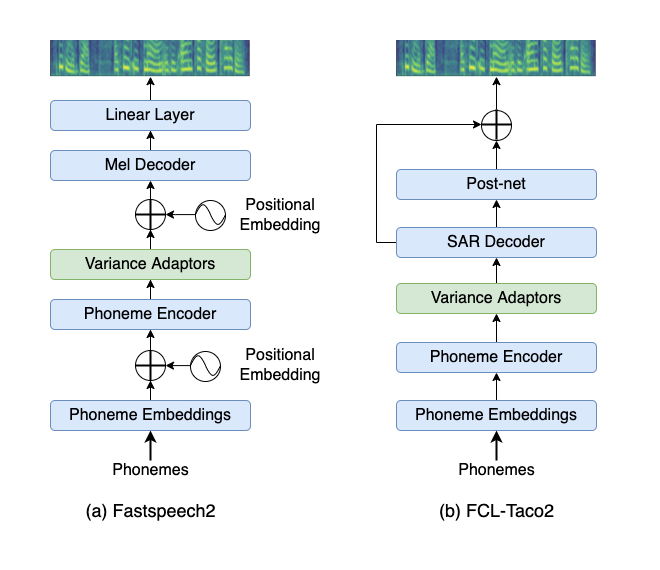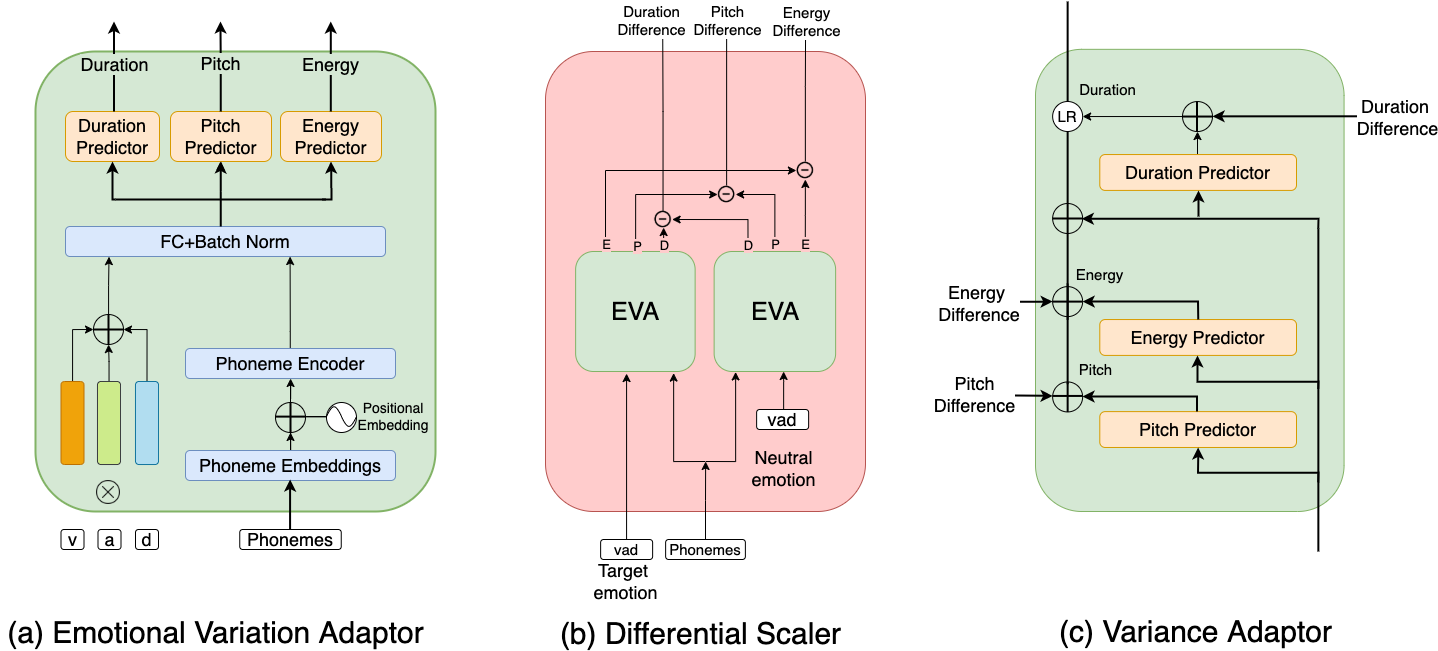Empathic Machines: Using Intermediate Features as Levers to Emulate Emotions in Text-To-Speech Systems
We present a method to control the emotional prosody of Text to Speech (TTS) systems by using phoneme-level intermediate features (pitch, energy, and duration) as levers. As a key idea, we propose Differential Scaling (DS) to disentangle features relating to affective prosody from those arising due to acoustics conditions and speaker identity. With thorough experimental studies, we show that the proposed method improves over the prior art in accurately emulating the desired emotions while retaining the naturalness of speech. We extend the traditional evaluation of using individual sentences for a more complete evaluation of HCI systems. We present a novel experimental setup by replacing an actor with a TTS system in offline and live conversations. The emotion to be rendered is either predicted or manually assigned. The results show that the proposed method is strongly preferred over the state-of-the-art TTS system and adds the much-coveted "human touch" in machine dialogue.
Note: The samples take little time to load. Please wait sometime for the samples to load.
Some of the famous dialogues from the movies generated with FastSpeech2π (Without emotion) and FastSpeech2π + DS (With Emotion)







